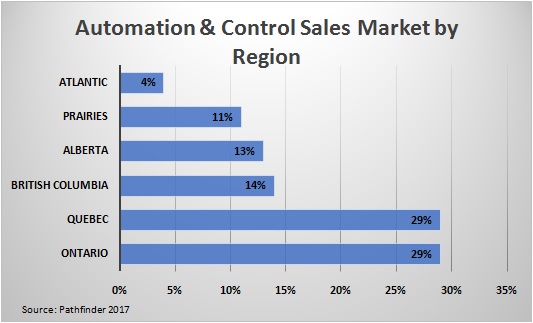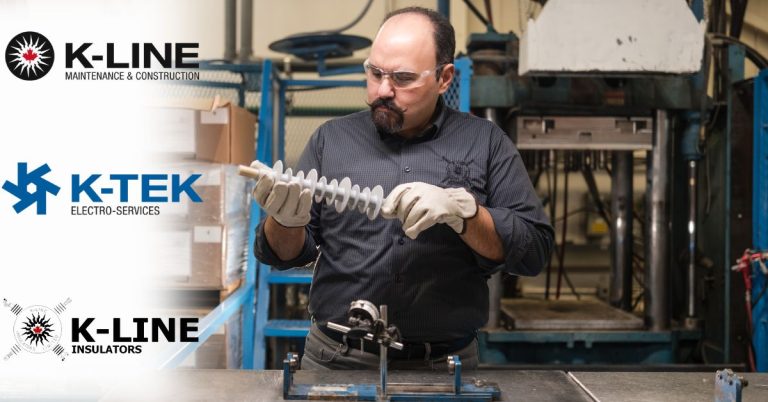The Early Days of Product Standardization

June 25, 2018
By Owen Hurst
Product standardization has long been, and continues to be, a hot topic within the electrical industry, particularly as new and evolving technologies are introduced. We can discuss the advantages of standardization in terms of convenience, safety, or even the ability to more easily mass produce. However, we tend to look toward a time when standardization has a better foothold within the industry.
But to move forward we sometimes need to step back and look at the whole picture. So, when did the focus on standardization truly makes its way into the industry and how effective has it been since then? This is a valuable question for those of us talking about the need to standardize, as often don’t consider how far standardization of the electrical industry truly has come over the last century.
First off, standardization has been a consideration within the electrical industry for a long time. In 1928, C.E. Skinner published an article entitled, “The Present Status of Standards in the Electrical Industry,” in The Annals of the American Academy of Political and Social Sciences. Skinner was writing from an American perspective and primarily about American standardization; however, his broader discussion of industry standardization and the early international consideration on electrical product standardizations present an intriguing glimpse into the early days of the discussion.
One of Skinner’s first points, and one that we may at times overlook, is the standardization that has historically occurred within the lighting industry. In the earliest days of the incandescent lighting industry there were many types, styles, and varieties of lamps, bases and sockets. For example Skinner identified that a lamp manufacturer in Europe had reported that he was required to make over 70,000 sizes, types and varieties of incandescent lamps in order to service the entire general European trade.
The existence of even a fragment of the number was without any doubt a complete nightmare for anyone manufacturing, selling, installing or replacing existing lamps. This led to an industry-wide standardization to the point where there was one size for all standard incandescent bulbs (not considering the various speciality lighting markets such as street lighting, automobile lamps and so on). Today that standardization is still largely in place, minus the incandescent bulb. Now we have again begun to develop a variety of socket sizes for particular purposes, but even these have followed a general standardization trend that allows manufacturers to product lamps that will fit into a relatively small number of sockets, with the traditional socket of the incandescent bulb remaining as the most commonly used socket.
Skinner notes that “standardization in any line is of value to all parties at interest; that is, the producer of the devices and machinery involved, to the producers of distributors and especially to the ultimate users.”
To digress briefly from specific product standardization, an interesting point was made by Skinner with regard to the ability of the international community to compare and measure their energy rates — an essential component that allows manufacturers to produce products for multiple markets. Skinner notes that at the World Power Conference in 1924, “most of the power using and power producing countries of the globe gave estimates of their power resources. In many cases, water resources were not comparable, due to the fact that the rating of water powers was estimated on a different base.” The issue was eventually alleviated by standards sponsored by the International Electrotechnical Commission, which allowed country by country comparison and made a standardization that was directly identifiable by international product manufacturers.
Returning to product manufacturing, Skinner identified early on many of the benefits of standardization that have come to pass, although more work remains to be done. He stated that in the electrical field, “standardized voltage frequencies, types of apparatus, standard ratings and dimensions make it possible for the manufacturer to produce in quantity at minimum cost devices of maximum efficiency and quality. It permits the public utility to purchase the apparatus necessary for the production and distribution of electric current at minimum cost and of a type which will be suitable in any situation which may arise.”
Skinner was clearly ahead of his time with regard to the long-term benefits of standardization for multiple levels of the electrical industry. He recognized that “there has certainly been no detrimental effect on the development of the electrical industry by this standardization and the extensive work planned for the future is ample evidence of the value the industry as a whole places on standardization.”
As noted, there is yet work to be done, but we are already part of that future that Skinner was looking ahead to 90 years ago.
Owen Hurst is Managing Editor of EIN’s sister publication, Panel Builder & Systems Integrator: http://panelbuildersystemsintegrator.ca










![Guide to the Canadian Electrical Code, Part 1[i] – A Road Map: Section 52 — Diagnostic imaging installations](https://electricalindustry.ca/wp-content/uploads/2022/11/Guide-CE-Code-2.png)






